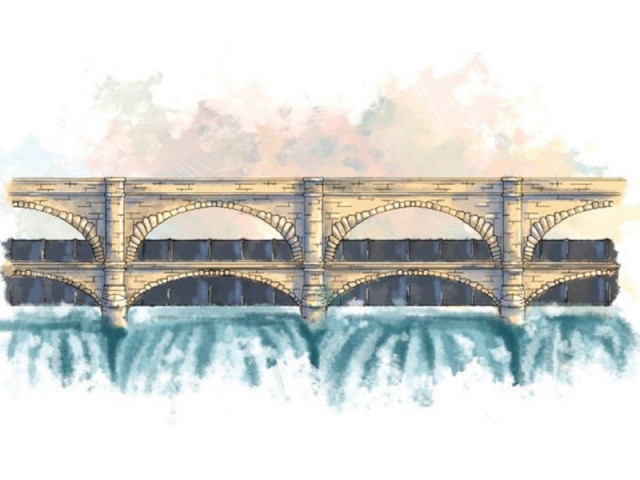The dispute: ‘Constructing the barrage is in violation of Indus Water Treaty’
“India has the Wullar Lake and does not need additional water storage,” says an official.

Pakistan maintains that the construction of the Wullar Barrage will convert the natural lake into a man-made storage with a capacity of 0.324 million acre feet. PHOTO: CREATIVE COMMONS
Pakistan maintains that constructing the barrage is in violation of the Indus Water Treaty (IWT). “India has the Wullar Lake and does not need additional water storage,” an official said.
Under the treaty, Pakistan is entitled to water from the three western rivers: Indus, Jhelum and Chenab. Pakistan maintains that the construction of the Wullar Barrage will convert the natural lake into a man-made storage with a capacity of 0.324 million acre feet, which adversely affect the flow of water into the country.
India, on the other hand, maintains that certain amendments in the design and structure of the barrage can address Pakistan’s reservations. In the earlier rounds of talks, India has said it has the right to build the barrage under the IWT and that the navigation project will only be used to transport water and not as a storage facility.
Published in The Express Tribune, April 16th, 2013.
Like Business on Facebook to stay informed and join in the conversation.


















COMMENTS
Comments are moderated and generally will be posted if they are on-topic and not abusive.
For more information, please see our Comments FAQ